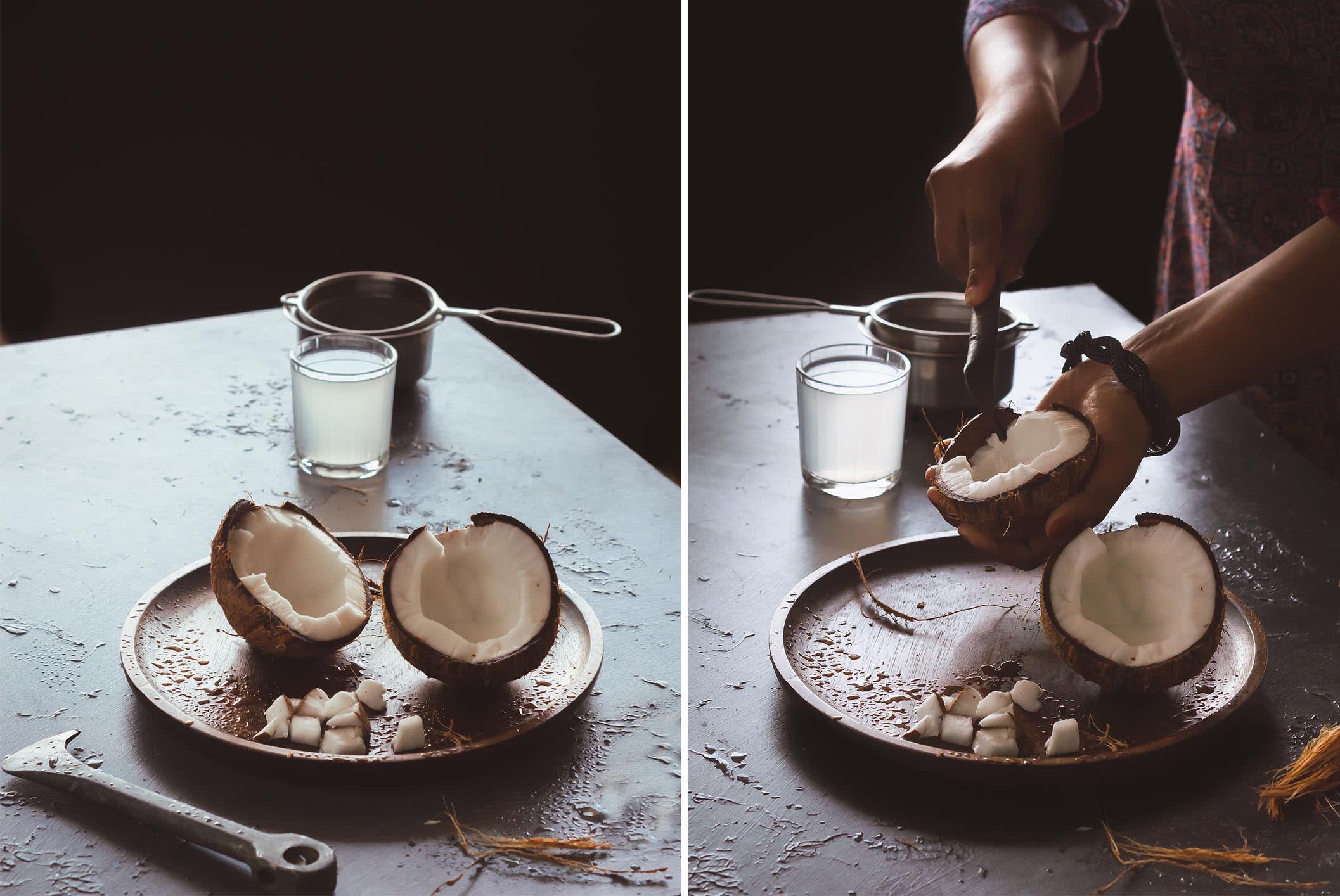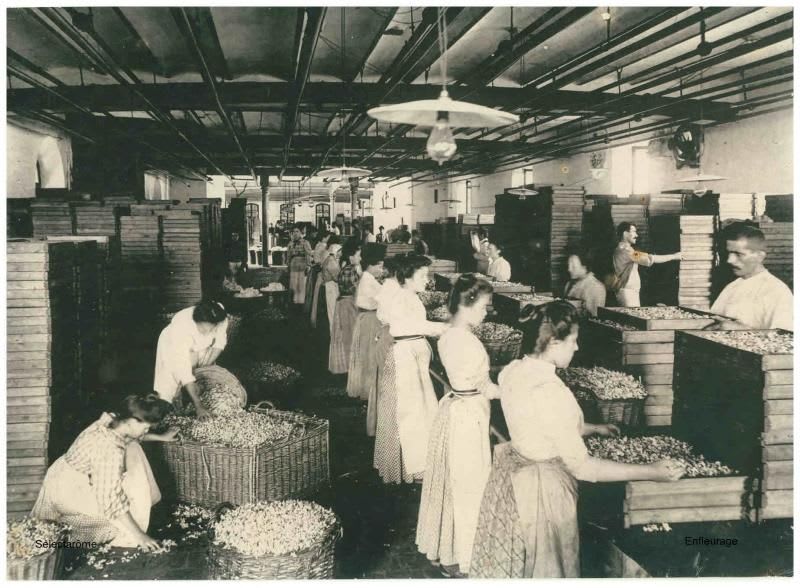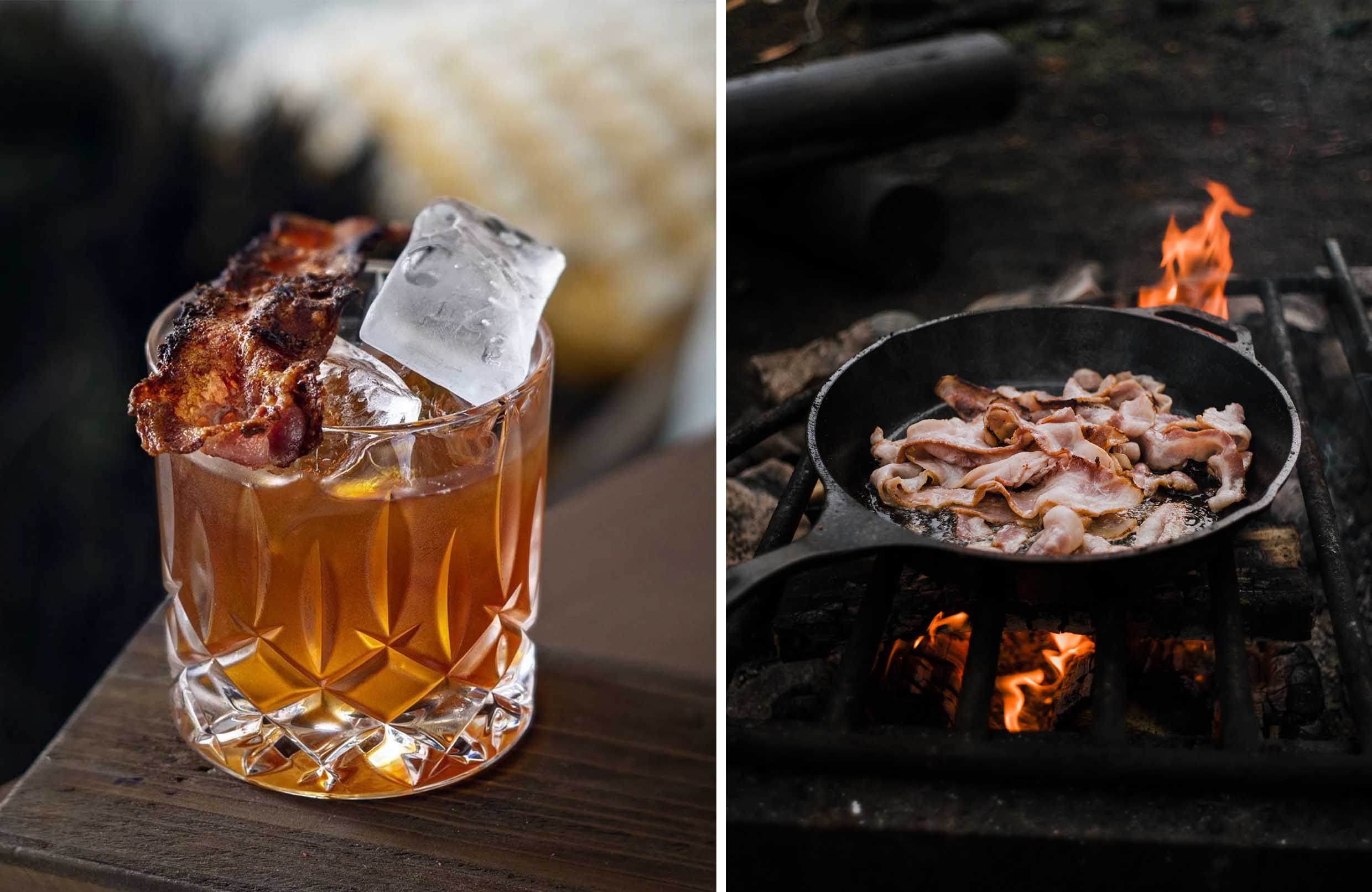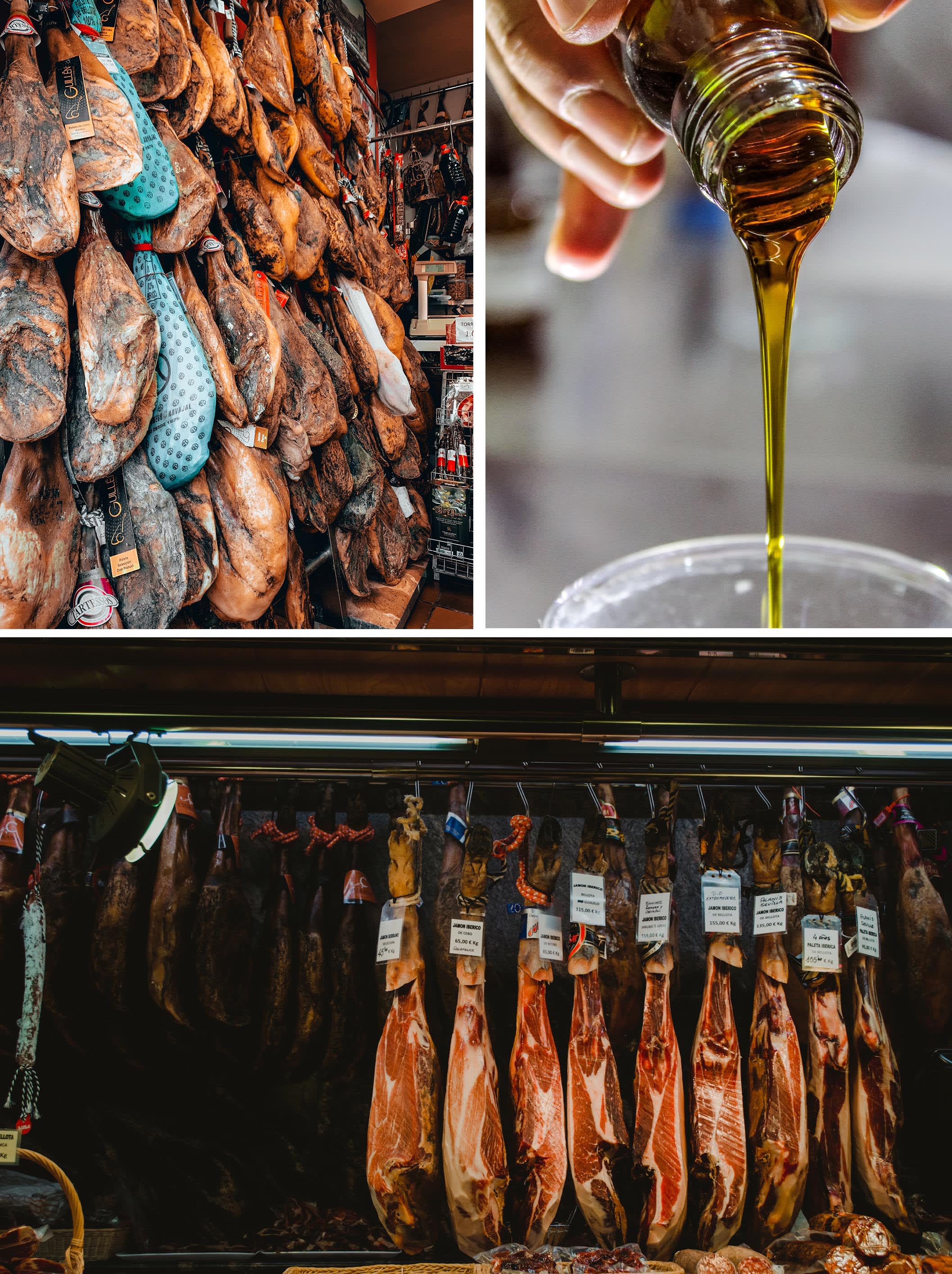

What is Fat Washing and how do I do it?
Fat washing is a kind of infusion. The process begins when fat is added to alcohol and left to macerate. Once the flavours have been absorbed into the booze, the mixture is chilled causing the fat to solidify so it can be scraped off the top. This leaves a flavour-infused alcohol base.
Hot buttered rum, for example, is made via a fat washing technique.
The exact details for the process varies depending on what fat you are using and what liquid you are trying to infuse it into. If you are looking to do it a home a good rule of thumb to abide by is 100 grams of fat per 700ml of spirit for strong-tasting fats such as smoked bacon, and 200 grams of fat for less strong flavoured fats (such as butter or olive oil).
For example, it will take less fat for a neutral spirit like vodka to take on a noticeable scent and taste of olive oil, than it will for an already rich whisky to absorb coconut milk to the point where it’s evident to taste.


Words like skimming and scraping aren’t the most attractive technical terms when thinking of delicious sipping experiences, nor are they as far as you want to go when ‘washing’. We recommend freezing the concoction for a few hours, then remove the bulk solids off and strain off the spirit through a cheese cloth. The cold achieved by part freezing helps capture many more particles than just chilling in the fridge.
A finished fat-washed infusion shouldn’t be cloudy; if it is that’s a sign there probably are too many fat particles left. If this happens to yours, use something finer, like a coffee filter to further clarify your liquid.
Where did fat washing come from?
Taking flavour into fat and then into alcohol is a technique as old as time and fat washing is a technique used by perfumers long ago.
They called it Enfleurage (and still do even though it's seldom used anymore), and employed fat-washing as a technique to extract the fragrance from delicate plants that could not withstand distillation. It was a prominent method to extract scent during Perfume’s great era in the 18th century and while the method was widely used, the best-known enfleurage technique was developed in Grasse, France. The region is still recognised as a pre-eminent place for perfumers.


Back then, cold enfleurage was used for the most fragile plants and flowers, such as jasmine and daffodil as these flowers can't be heated because doing so alters their fragrance. Fresh flowers are put on a layer of fat at room temperature and are then left for at least a day. The fat, which has trapped the fragrance of the flowers, is collected later. The flowers are removed by hand and the fat is washed with alcohol.
Hot enfleurage also occurred for plants that can withstand the heat, such as mimosa. Those were put in fat and then heated in a bain-marie (varying from plant to plant). This heady mix was then filtered and washed with alcohol to obtain a product with a high perfume content.
Fast forward a few centuries and bringing this historical detour back to the concept of cocktails at home – fat washing was first brought to the wider public’s attention circa 2008 by a bartender called Don Lee, who was working at Please Don’t Tell in New York. His bacon fat washed Old Fashioned was a sensation and soon others took note.
And there you have it – Enfleurage was the lovely way of phrasing the technique, wrapped in the history of Haute Perfume and the most delicate of floral scents. And then America’s answer. Fat Wash. Smoked Bacon.

Fat washing to create savoury drinks
First off, a reminder. Fat means all kinds fat, oil, butter, cheese, bacon, olives, you name it.
Fat washing comes into play when you want one aspect of a flavour but not all of it. Take Olives. They are briny, salty and tart. But maybe you want an olive flavour without all the salt.
The process is a good way to add a slight textural element, as it’s not possible to strip out 100% of the original fat ever. Even a small amount of dissolved oils affect the mouthfeel of a drink.


Use it when you want to create weird food and drink hybrids that you know will work. Jamon de Iberico in a Mezcal. Bacon in Bourbon Whisky. Mozzarella & Basil in Gin. Peanut butter in Golden Rum or Ducle De Leche in White Rum. Brined anchovies in Gin. Almost anything with huge smoky BBQ notes works well with Whisky, while popcorn can add a nostalgic feel with its salted buttery caramel notes… Go crazy!
As to what to make with your now wonderfully weird spirits? Start by using your fat wash in a spirit-forward cocktail. Drinks like the Dirty Martini, Old Fashioned, Manhattan. If you’ve been careful with how much you infused and filtered properly, the flavour tends to be subtle so you don’t want to mask it with lots of acidity.
Fat washing is a great way to add a unique flavour combination to your cocktails, and when done well isn't as flippant as it sounds and brings in a hint of something more building layers of complexity. The great thing about it is that it is easily achievable at home!
With a few simple steps, you can infuse flavourful fat into your alcohol of choice and create customised hybrids that will wow your friends and family. With the right ingredients and a bit of patience, you can create unique concoctions that you simply won't be able to find in any bar.



